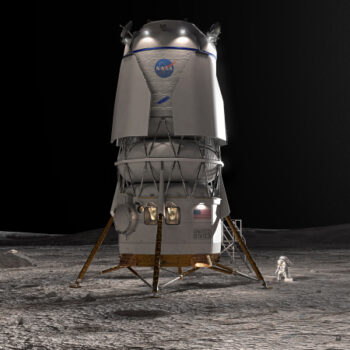FAA lists possible launch windows for Starship/Superheavy launch
Though it as yet not issued a launch permit, the FAA has now released an advisory to the public, listing the possible launch windows for the next Starship/Superheavy launch, beginning on March 14, 2024 and including windows on each day through March 18th.
The advisory lists a primary date of Thursday, March 14, with the time 12:00Z-14:13Z (7 a.m. to 9:13 a.m. central). The plan also includes backup dates for the following four days, with the window closing at 8:01 a.m. on Saturday and Sunday before increasing to 9:13 a.m. again on Monday.
It is very possible this advisory is premature. It does strongly suggest however that the FAA is about to issue the launch licence. Based on past actions, expect that license to be announced as close to the launch date as reasonably possible, in order to make difficult or impossible any legal action to stop it by the various independent activist groups that have been suing both SpaceX and the FAA. (While the FAA has clearly been ordered by higher-ups in the Biden administration to slow-walk SpaceX’s effort, its people generally want SpaceX to succeed.)
If the first launch attempt will be on March 14th, two days hence, that license licence must be issued soon.
Though it as yet not issued a launch permit, the FAA has now released an advisory to the public, listing the possible launch windows for the next Starship/Superheavy launch, beginning on March 14, 2024 and including windows on each day through March 18th.
The advisory lists a primary date of Thursday, March 14, with the time 12:00Z-14:13Z (7 a.m. to 9:13 a.m. central). The plan also includes backup dates for the following four days, with the window closing at 8:01 a.m. on Saturday and Sunday before increasing to 9:13 a.m. again on Monday.
It is very possible this advisory is premature. It does strongly suggest however that the FAA is about to issue the launch licence. Based on past actions, expect that license to be announced as close to the launch date as reasonably possible, in order to make difficult or impossible any legal action to stop it by the various independent activist groups that have been suing both SpaceX and the FAA. (While the FAA has clearly been ordered by higher-ups in the Biden administration to slow-walk SpaceX’s effort, its people generally want SpaceX to succeed.)
If the first launch attempt will be on March 14th, two days hence, that license licence must be issued soon.









